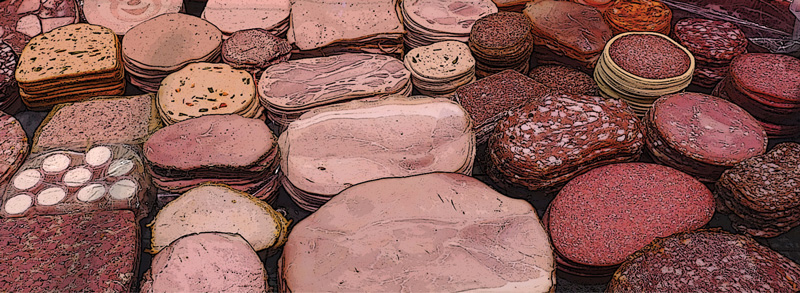More data are supporting the notion that diet may not only be an independent risk factor for alcohol-associated liver disease but also could interact with alcohol intake to significantly amplify a patient’s risk of developing ALD.
Researchers investigating the relationship between diet and alcohol consumption and severe ALD in a large cohort of UK Biobank participants (N=303,269) found that individuals with both higher ALD diet scores and higher alcohol consumption had a significantly increased risk for severe ALD.
“We found that a score based on a higher intake of processed meat, beef and salt and a lower intake of cereal collectively modified ALD risk attributed to alcohol consumption,” investigator Frederick K. Ho, PhD, a senior lecturer of public health at the University of Glasgow, told Gastroenterology & Endoscopy News.
Dr. Ho and his co-investigators showed that although 67% of severe ALD cases followed in the study were attributed to higher weekly alcohol consumption, a higher dietary score (adjusted for self-reported alcohol consumption) accounted for nearly 29% of ALD cases (Nat Commun 2024;15[1]:6880).
Individuals with both high alcohol consumption and a high ALD diet score experienced a 14-fold increase in the risk for severe ALD, compared with an 11-fold risk for those with similar alcohol intake but a lower diet score. This significant additive interaction was more evident in women.
{RELATED-VERTICAL}The findings underscore the importance of considering diet along with alcohol consumption when assessing the risk for severe ALD, according to experts. “We know that alcohol consumption increases the risk for liver disease. However, not everyone who drinks heavily will develop liver problems or cirrhosis, thus suggesting the presence of disease modifiers,” explained Ashwani K. Singal, MD, MS, a professor of medicine at the University of Louisville School of Medicine, in Kentucky. “This study highlights dietary risk as another significant modifier that can increase the risk for ALD and cirrhosis … While the concept isn’t new, this paper presents it in a novel way.”
In reflecting on the clinical implications of the findings, Dr. Ho said, “The most important part of ALD intervention should still remain on [supporting] the reduction or elimination of drinking behaviors for patients with ALD. Having said that, diet could be included as a supporting component. For example, substituting a poorer diet [with] a healthier one could potentially help reduce ALD risk as well as reduce the craving for alcohol.”
Exploring the Diet– Alcohol Link
Dr. Ho acknowledged that more study is needed to fully understand the role diet could be playing in the progression to ALD. “Even with the results of our study, questions remain, including whether the four dietary items we found might not be a direct cause of ALD but a proxy of overall poorer diet and nutritional imbalance,” he said. “Future studies with more accurate, preferably repeated, measurement of diet should look into that. Once the roles of dietary items are clearer, a clinical trial could be developed to verify whether those dietary items are indeed a direct cause for ALD risk, or simply acted as a modifier for the harm of alcohol drinking, or a proxy for other factors.”
Dr. Singal agreed that future research is needed to validate the findings. “Practitioners may be questioning the pathways through which an unhealthy diet increases the risk for ALD. A future study could involve controlling for body mass index and examining the diet patterns of patients who heavily consume alcohol, both with and without liver disease. The hypothesis is that an unhealthy diet combined with alcohol increases gut permeability, leading to greater translocation of bacteria and endotoxins, more inflammation, and more fibrosis, ultimately causing liver disease. Testing this hypothesis could provide valuable insights.”
—Kristen Dascoli
Drs. Ho and Singal reported no relevant financial disclosures. Dr. Singal is a member of the Gastroenterology & Endoscopy News editorial board.

